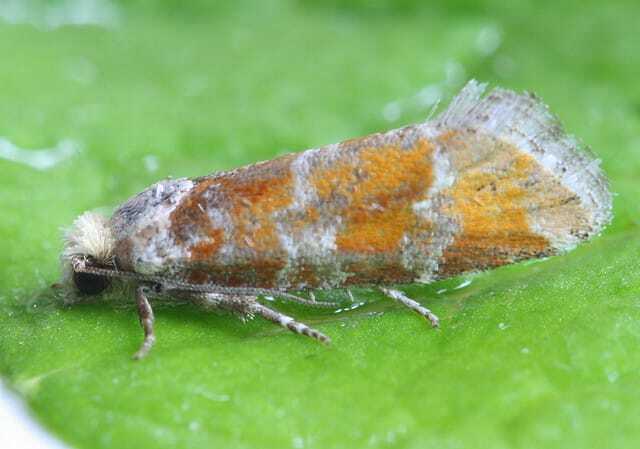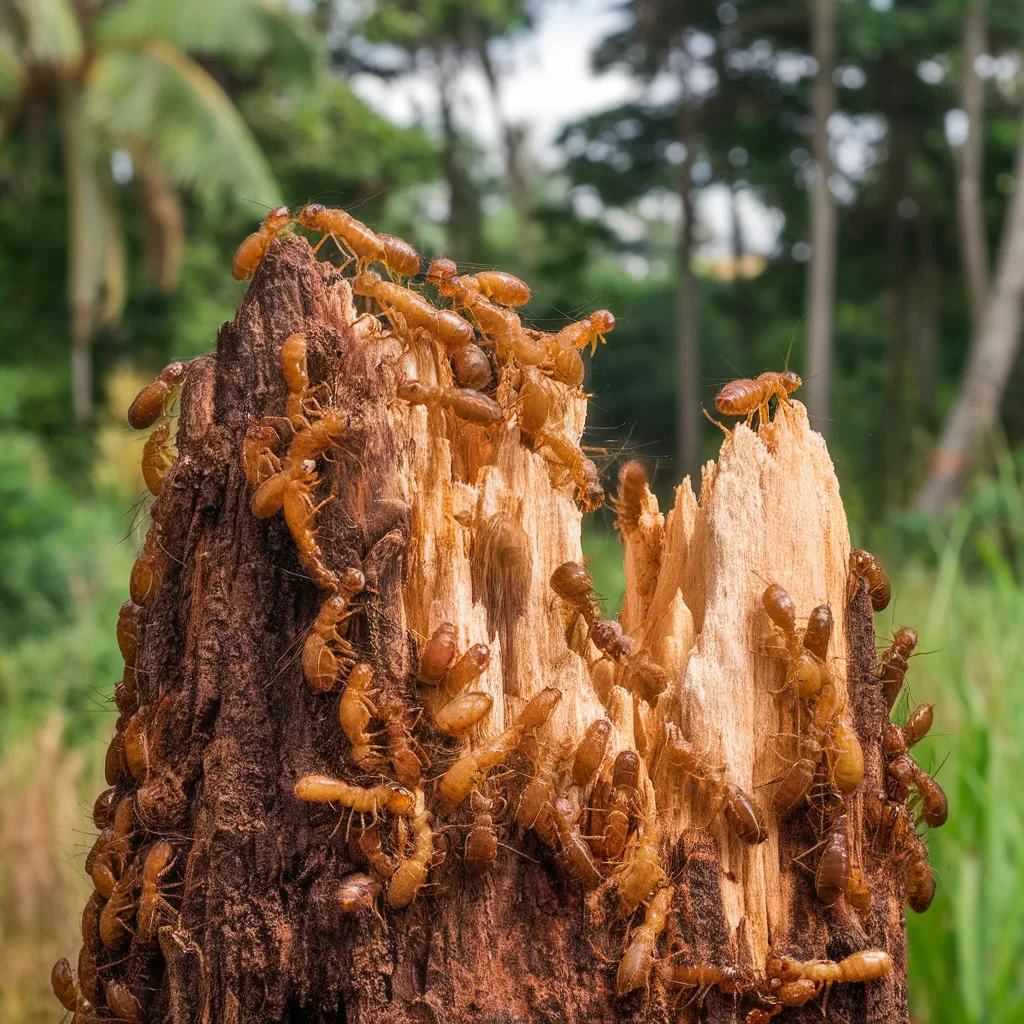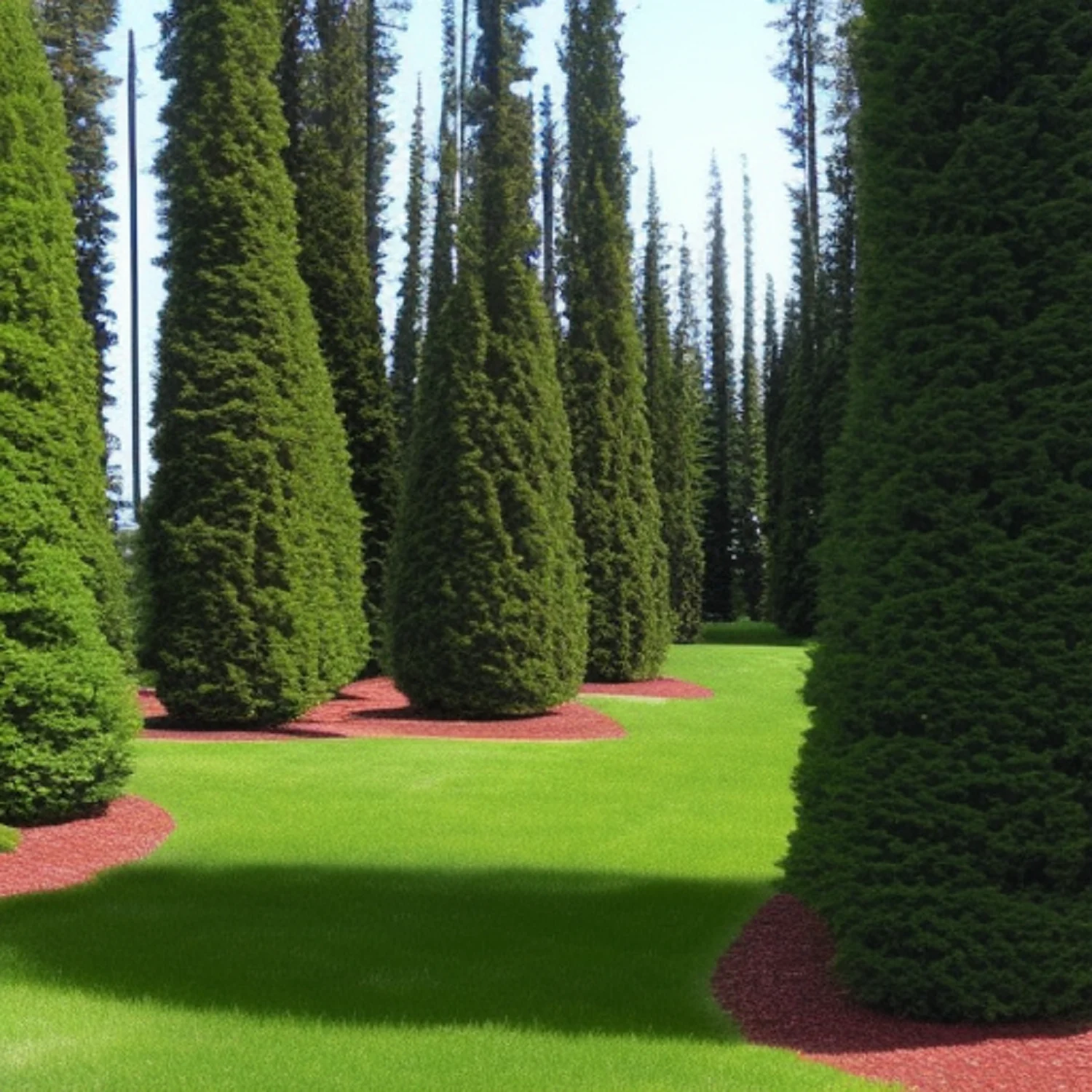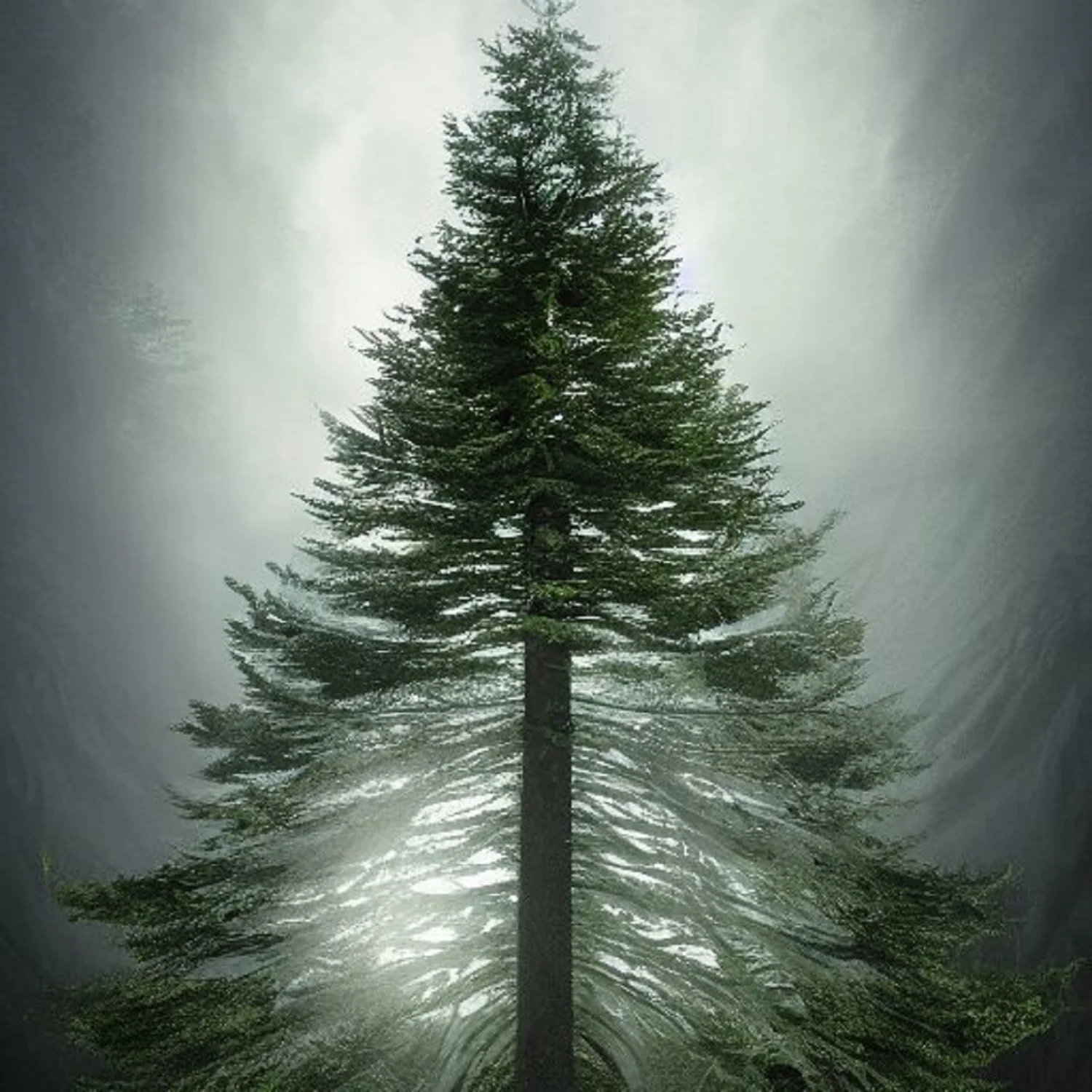Symptoms of a eastern pine shoot borer problem
When you notice shoots beginning to wilt, turn yellow and drop it’s time to take action. The first evidence of an attack occurs about mid-June when the outer 6 to 8 inches begin to droop and turn yellow. Frequently the shoot breaks over or drops off near the base of the attack, leaving a distinctive flat stub. Terminal shoots are more susceptible to attack than lateral shoots. Some shoots, especially on Douglas-fir, may wilt and droop before yellowing and resemble a shepherd’s hook. They cause trees to become stunted and crooked; crooks and forks develop after terminal shoots are killed. The general crown shape of the tree is ruined when lateral shoots are killed. The wound caused by the broken shoot can be an open invitation to disease-causing organisms.
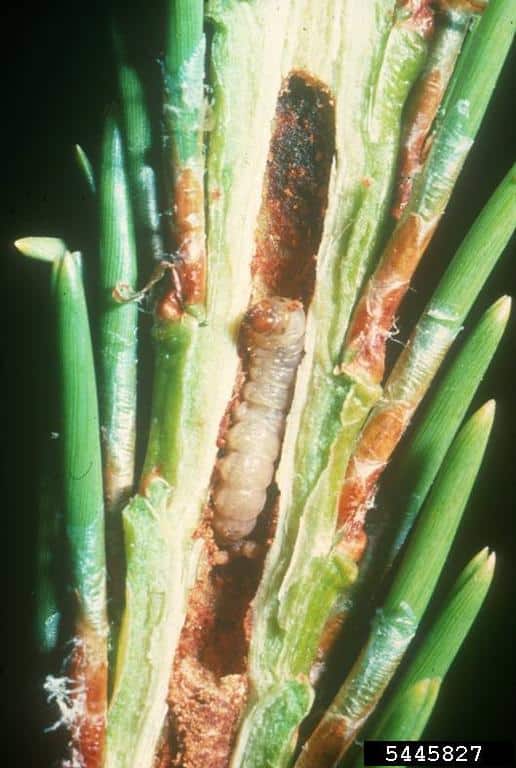
If you think your trees are being damaged by the eastern pine shoot borer, contact us now!
The reason for the problem…is the eastern pine shoot borer Eucosma gloriole, also known as the white pine tip moth, American pine shoot moth, and white pine shoot borer. It has been recorded on many conifers, especially pines. It prefers eastern white and Scotch pines but has been observed feeding on jack, red, Austrian, pitch, and mugo pines. It also occurs occasionally on spruce and Douglas-fir. Although it attacks trees up to 30 ft. tall, it is most injurious to trees 3 to 8 ft. tall.
WHEN THE PROBLEM EMERGES
Adult eastern pine shoot borers emerge in late April to mid-May or soon after the buds burst. The moths are rarely seen during the day and fly short distances between trees only when disturbed. Mating and egg-laying occur at night. After mating, each female usually deposits one egg on the needle sheaths on each of several different new shoots. Within 2 weeks the larva emerges from the egg and bores into the shoot adjacent to the needle fascicle, or occasionally behind a cone or bark scale along with the shoot. It mines downward in the pith, the gallery widening as the larva grows. When nearly mature, the larva cuts into the woody portion of the stem, usually near the base of the gallery.
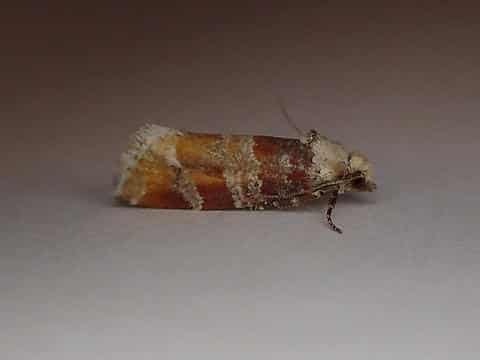
You should…keep a watch on your conifers in-between visits and let us know if you notice any of the above-mentioned symptoms.
We can help by…deep root-feeding your trees using organic tree fertilizers coupled with a systemic insecticide designed to control this problem internally which will eliminate the need for messy tree spraying that could potentially drift or injury beneficial insects.
